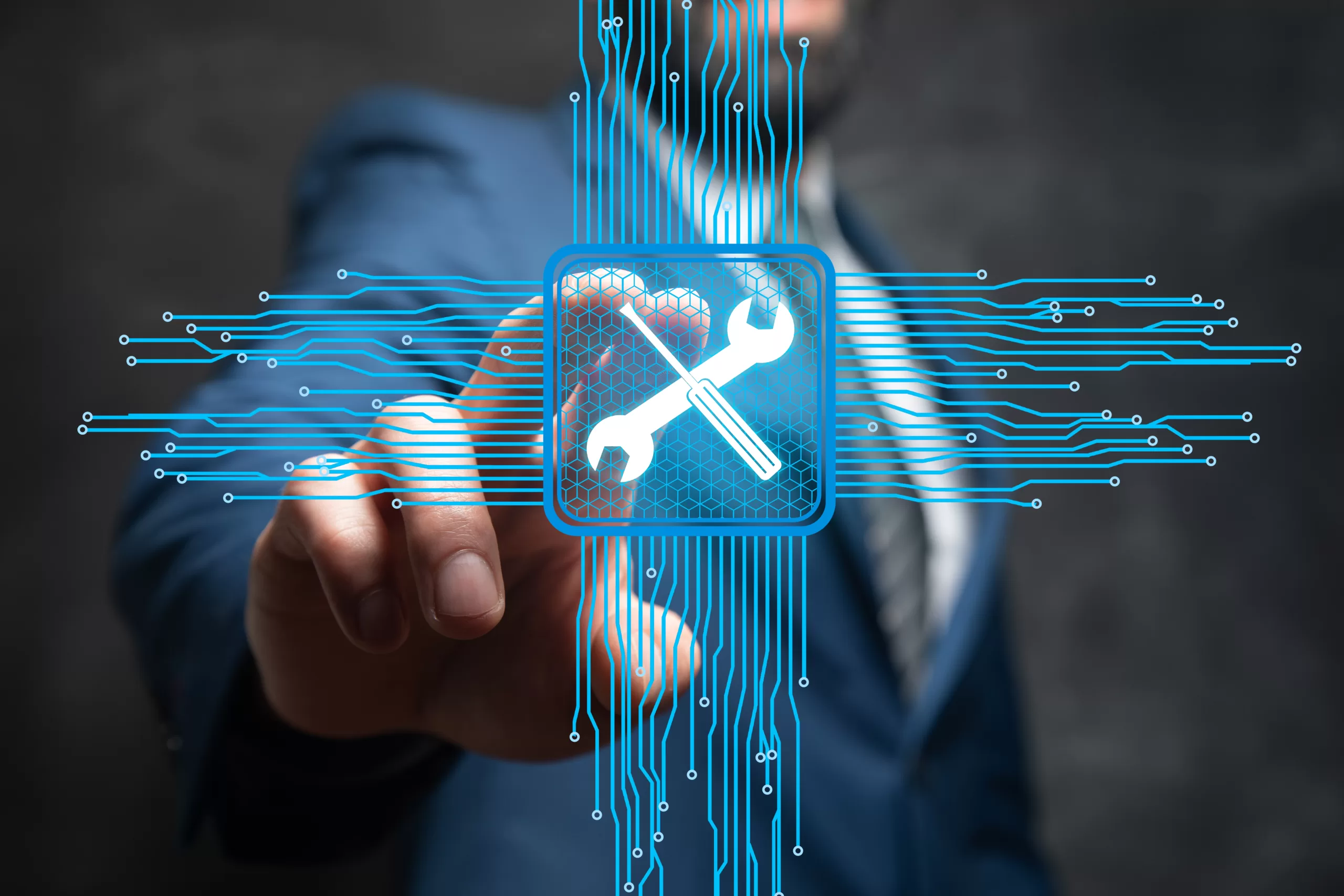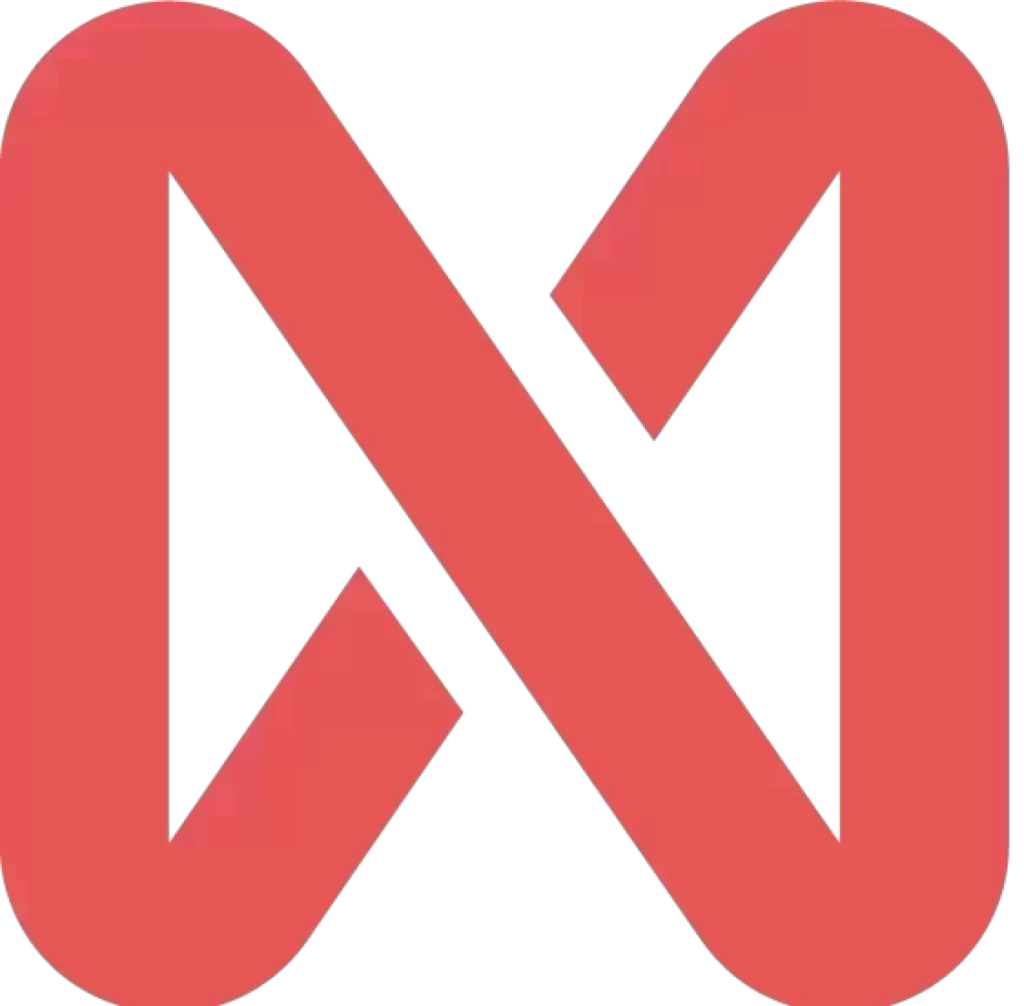In tech world, it’s easy to get excited about the latest trends: new features, modern integrations, systems being rebuilt from scratch. The buzzword right now is innovation, as it should.
But while everyone is focused on what’s coming next, who’s taking care of what’s already running? The truth is that system maintenance, despite being essential, is often overlooked by IT teams. This leads to recurring bugs, rework, slow systems, and frustrated users.
Poor maintenance doesn’t just generate costs, it holds back growth.
The good news is that it doesn’t have to be that way. With clear processes, the right tools, and a prepared team, it’s entirely possible to keep operations running smoothly. In this article, we’ll show you how to make that happen in a simple and practical way.

What Is System Maintenance?
Maintenance isn’t a patch job that starts after the project ends. It’s a strategic part of the operation for any business that depends on technology. And nowadays, that means pretty much all of them.
According to a study by Gartner, unplanned downtime costs large companies an average of $5,600 per minute. Even for smaller companies, the financial and reputational damage can be critical.
That’s why keeping systems stable, available, and secure goes way beyond just “maintenance.” It’s about making sure everything continues to work as the business grows.
Best Practices for System Maintenance
There’s no magic formula, but some practices can help turn chaos into efficiency, and make the maintenance process a lot easier.
Clear Documentation
One of the biggest bottlenecks in maintenance is relying on the person who “remembers how it was done.” Without clear documentation, every bug becomes a puzzle, and every new team member wastes days just figuring out where to begin.
Up-to-date and accessible documentation saves time, reduces rework, and boosts the team’s autonomy. It’s like having a map when the terrain is already tricky enough.
Constant Monitoring
No respectable IT team wants to hear users complain. A proactive monitoring system helps detect issues before they affect the customer.
A study by IBM showed that organizations with continuous monitoring resolve problems 23% faster than those with a reactive approach.
Well-Defined Processes
When everything becomes a priority, nothing is. Setting clear workflows, routines, and well-aligned SLAs gives rhythm to maintenance. The team knows what to do, how to do it, and how long it should take.
Standardized processes also help maintain quality, even as the team grows.

Qualified Team
There’s no use pulling a project developer in to put out maintenance fires. The ideal profile for this function is different. It’s someone who understands systems in depth, but with a focus on stability, quick fixes, and clear communication.
Investing in a dedicated maintenance team reduces recurring failures and increases operational efficiency. It’s not a cost, it’s protection for your core business.
Culture of Continuous Improvement
Problems will happen, but what you do with them defines the level of your maintenance maturity. A culture that analyzes incidents, documents lessons learned, and applies permanent fixes is a long-term differentiator.
Maintenance isn’t just about keeping things running, it’s about making sure they run better every time.
NextAge’s Software Management Services (SMS)

In practice, we know not every company has the internal structure to follow these best practices. Building a team, training, setting processes, documenting everything, creating monitoring routines… it’s a real challenge. And more often than not, IT is already overwhelmed with new projects, upgrades, and integrations. That’s when having a specialized partner makes all the difference.
NextAge offers a complete Software Management Services (SMS), designed specifically to make this process lighter, more efficient, and more predictable. Our mission is to prevent issues, structure processes, and ensure your systems are ready to support your company’s growth. With dedicated teams, smart monitoring, a focus on documentation, and continuous improvement, we turn system maintenance into a competitive advantage. Maintenance doesn’t have to be a constant headache. With the right planning, processes, and partners, it becomes just another well-oiled part of your operation.






